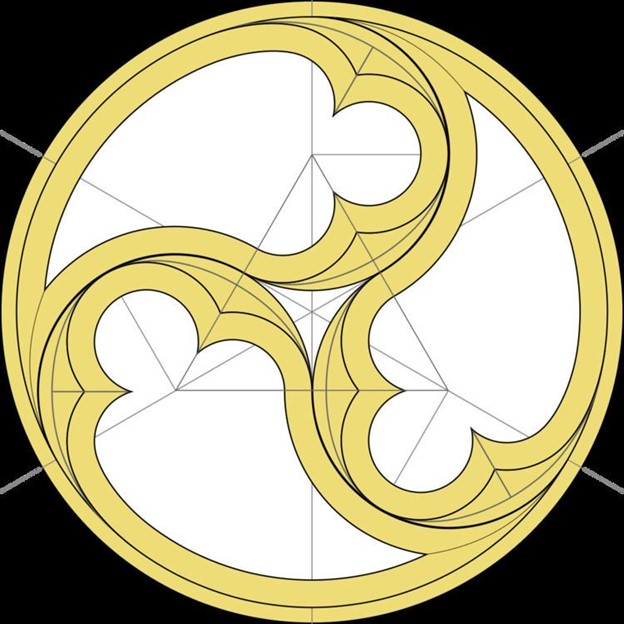
To listen to today’s reflection as a podcast, click here
During the month of November we’re taking a look at 21 essential activities of the Holy Spirit, who represents God’s presence in and through every follower of Jesus.
Kids ask great questions.
A young student named Emma asked her social studies teacher, Mr. Johnson, “How many lions do you think were in the lions’ den with Daniel?”
Mr. Johnson sighed and said, “This isn’t Sunday School, Emma. We’re not here to talk about questions like that. Besides, most people agree that if there ever was somebody like Daniel, he didn’t actually spend a night in a den with hungry lions.”
“Well,” said Emma timidly, “I guess I can ask him myself when I get to heaven.” “Really?” said Mr. Johnson, rolling his eyes. “So what if Daniel ended up in hell?”
Emma answered, “Then you can ask him.”
So what’s a question that you always had when you were a kid, but never got around to asking?
How about one of these:
If God created the universe, what came before God? And how exactly is it possible that God has always existed? And what would motivate God to create something in the first place? Did he feel lonely and unfulfilled and in desperate need of companionship? Was God so neurotic that he had to create a race of beings who would bow down before him every day just so he could hear somebody tell him he was great?
The Bible makes it clear that God didn’t invent human beings because he was lonely or depressed or needed someone to boost his divine self-esteem.
Instead, humans entered the picture so we could be invited into something that has always existed – the ceaseless reality of love, joy, and communication that is central to God’s own identity.
From before the beginning of time, God has known what can only be described as a never-ending, joy-filled, self-giving experience of love. What we’re talking about is the Trinity. God exists as a society – as Father, Son, and Holy Spirit.
But isn’t the whole notion of Trinity a blatant contradiction? How can God be both three and one?
Theologians have been careful to point out that God is singular in one category (essence – there is only one God) but plural in another category (personhood – God is tri-personal by nature). Such a description is neither a contradiction nor a violation of the principles of logic.
Nevertheless, it is certainly a paradox (something that at first glance seems to be contradictory) and a mystery (a profound truth that we can’t comprehend at present, because we don’t have nearly enough information).
Observations like these are crucial if we hope to understand the identity and activity of the Holy Spirit. The Spirit, according to the biblical reflections of the earliest Christian thinkers, is not an It. The Spirit is personal. Likewise, God’s Spirit is not a “junior partner” in heaven, the one who is always mentioned last because of less impressive credentials. Nor is the Spirit 33% of God’s nature, as if the Trinity is a theological pie chart marking out the formal division of divine labor.
God’s Spirit is, well, God – fully divine in every sense.
What is it like to be amongst the three persons of the Trinity?
Early in church history, theologians coined the word perichoresis. To modern ears, that might sound a bit like a serious skin disease. Perichoresis turns out to be a mashup of the Greek words peri (“around”) and choreo (“to come or go”). It suggests something that is going around and around and around. The word “choreography” springs from the same family of words.
That’s why many ancient signs, symbols, and depictions of the Trinity – like the triskeles in the image above, a triple spiral that winds around a common center – evoke the idea of dance. When you think of the Trinity, think of an eternal, joyful dance of God, with Father, Son, and Spirit forever taking delight in each other.
And every one of us has been offered a ticket to the ball.
To be clear, there is no Bible verse that says, in so many words, that the Spirit dances. But perichoresis has proven to be a way to help us describe, at least in part, what we know to be indescribable – the internal dynamic of God’s own self.
Once again, let’s hear from the late philosopher Dallas Willard:
“God’s aim in human history is the creation of an inclusive community of loving persons, with himself included as its primary sustainer and most glorious inhabitant.”
No artist could ever depict such a reality.
But we might settle for the image of an exuberant divine dance as the representation of deep, lasting joy.
